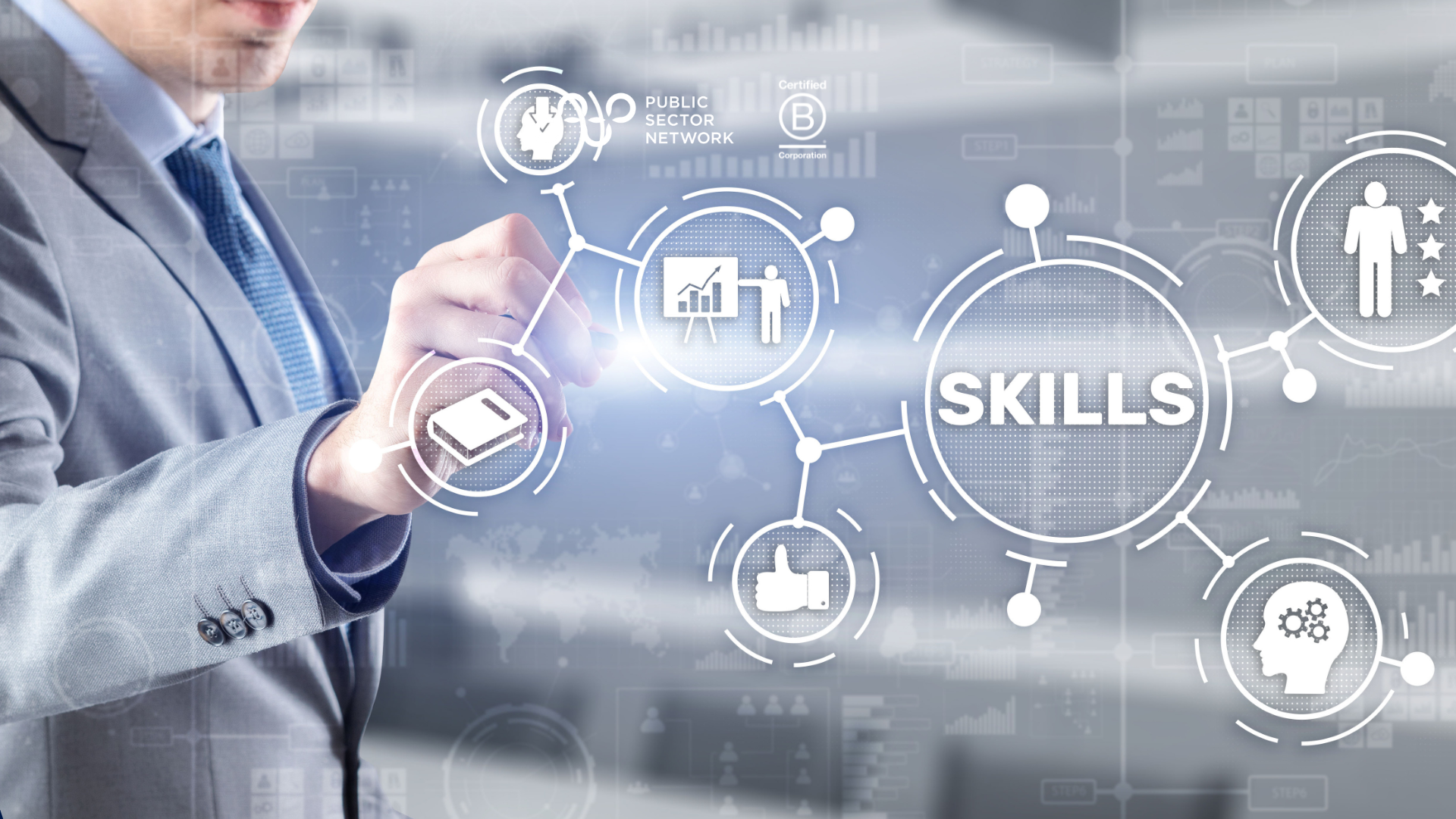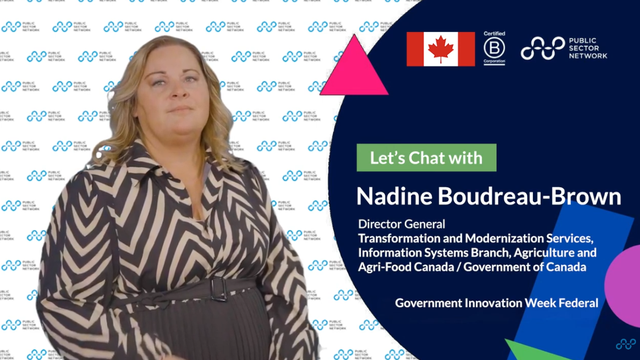
Learning and development in government is experiencing a complete (and much needed) overhaul. As a reflection of changes in technology, workforce dynamics, and the evolving demands of public service, public sector training is all about embracing innovation and agility and now becoming more dynamic and tailored than ever before. As governments strive to build a future-ready workforce, trends like emotional intelligence, AI and microlearning are reshaping how employees grow and adapt within the workforce.
Let’s dive in further to discover how these top three trends are leading the way in the public sector learning and development evolution.
Emotional Intelligence to Transform the L&D Landscape
Emotional Intelligence (EI) - the ability to recognise, understand, manage, and influence emotions in oneself and others. EI has emerged in the public sector as one of the most influential strategies to enhance learning development and leadership in the workplace.
Let’s look at how EI has influenced and improved our public sector teams and leaders:
- Helps create emotionally intelligent leaders – those who are masters at managing change, making thoughtful decisions, and guiding their teams through uncertainty
- Learning Self-Awareness is the key – when leaders are in tune with their emotional responses, they can regulate themselves and keep calm in high pressure situations
- Focus on empathy - leaders can then inspire and motivate their teams, fostering a positive work culture and enhancing organisational resilience by building trust through understanding. When employees feel that they are working for an empathetic organisation, their mental health improves, they innovate more and take more creative risks
- Promotes understanding and appreciation of diverse perspectives and emotions – developing the ability to recognise unconscious bias, adapt and listen to different perspectives as a driver of inclusive practices. Public sector leaders and their teams will also navigate disputes more effectively and come up with effective solutions
- Emotionally intelligent culture – by emphasising communication, understanding, conflict resolution and team effectiveness, employees naturally feel safe and supported, leaving these teams more willing to work together towards common goals within a safe, trustworthy environment for their citizens
Learning – Another Realm Revolutionised by AI
Artificial Intelligence has emerged as one of the bedrocks for successful L&D in the public sector by bringing avenues to efficiency in training, course delivery, grading and more. Its gift to create personalised learning for individuals and round-the-clock training support has propelled the quality of learning and development to create future-ready teams and organisations.
Here are some highlights on how:
- Creates personalised learning experiences for government employees - Learning Experience Platforms (LXPs) use machine learning algorithms to adapt learning content based on individual user preferences, learning pace, and performance.
- Focus on continuous learning – the material adjusts in real-time to keep up with the learner’s progress
- Efficient creation and delivery of learning content - AI tools can generate new learning materials, provide real-time feedback, and automate routine L&D processes such as grading and evaluations
- AI-enabled simulations and virtual reality (VR) environments allow for immersive, scenario-based learning
- Through advanced data analysis, AI can keep an eye on how learners are doing, spot learning habits, and provide useful tips
- AI helps L&D departments in government organizations better align training programs with broader strategic goals. By using natural language processing (NLP) and predictive analytics, AI can analyse policy documents, job descriptions, and industry trends to identify the skills needed for current and future roles
Microlearning:
Government organisations have been increasingly excited about microlearning - providing information in small, manageable chunks that can be understood easily and absorbed quickly. This new bite-sized form of learning will improve accessibility and flexibility, allowing public sector workers to upskill efficiently without taking time away from their day-to-day responsibilities. It will also keep up with the goals of continuous learning as employees can access short learning bursts at any time.
Let’s dig into these advantages a little deeper:
- Increased flexibility and accessibility – training content often only lasts for 2-15 minutes, used on any device and fitting better in with the busy schedules of public sector employees
- Just-in-time learning – employees can access bits of training on demand, ideal for immediate training when there are rapid policy and technology changes
- Cost-effective and scalable training solutions with quicker development cycles and reduced resource requirements courtesy of technology platforms host to pre-built templates, interactive elements and analytics tools
- Improved engagement and knowledge retention – due to its use of short, spaced but continuous repetition which has been proven more effective than long study sessions
- Supports culture of continuous learning – helps to create learning and performance ecosystems which help employees learn habits that drive continuous learning
- Opportunity to receive microcredentials - short, focused qualifications designed to provide employees with specific skills or knowledge in a particular area. They are typically modular, flexible, and tailored to meet immediate workforce needs. These credentials are particularly beneficial as they align with current government and public sector demands, keeping government competitive by ensuring their workforce has the most up-to-date skills to meet modern demands.
The Future of L&D Looks Bright, Employee-Focused and Efficient
Through a look at these innovative, personalised strategies within this new era of learning and development for government, we can see that there is a new devotion to individual needs when it comes to gaining new skills and the ability to deploy them not just quickly - but confidently. It’s an exciting time where technology and soft skills come together to build a more agile workforce, where emotional intelligence is bringing the human, empathetic side to problem-solving, and AI is allowing the L&D space to reap the benefits of technology. Fresh approaches in microlearning too, acknowledge the changing needs of employees are a welcome shift from traditional learning. Of course, with the implementation of any fresh approach, especially in tension with traditional methods of learning, there will be hurdles and there must be time allowed for full adoption and culture change. So far though, the future of L&D in the public sector is looking bright.
































